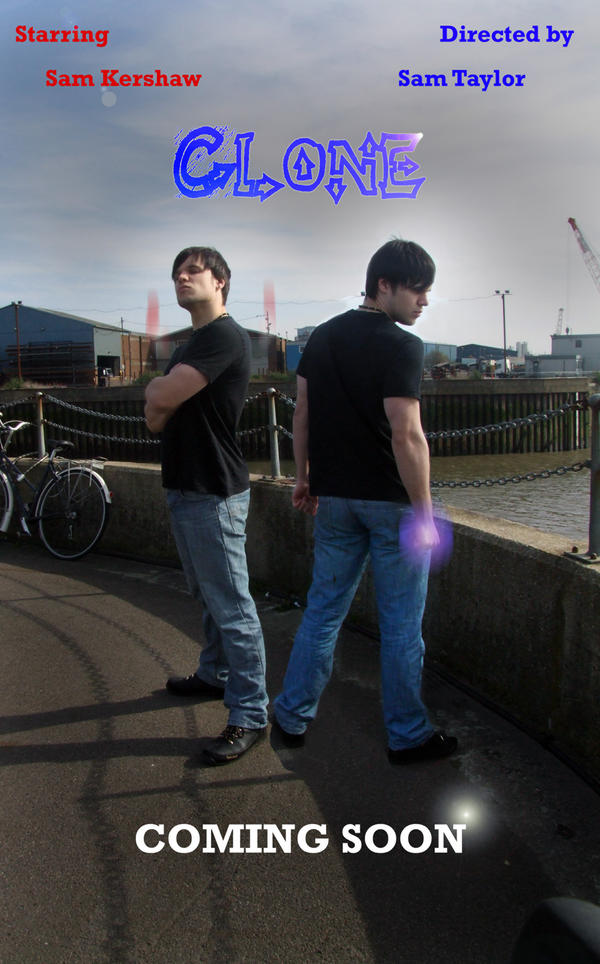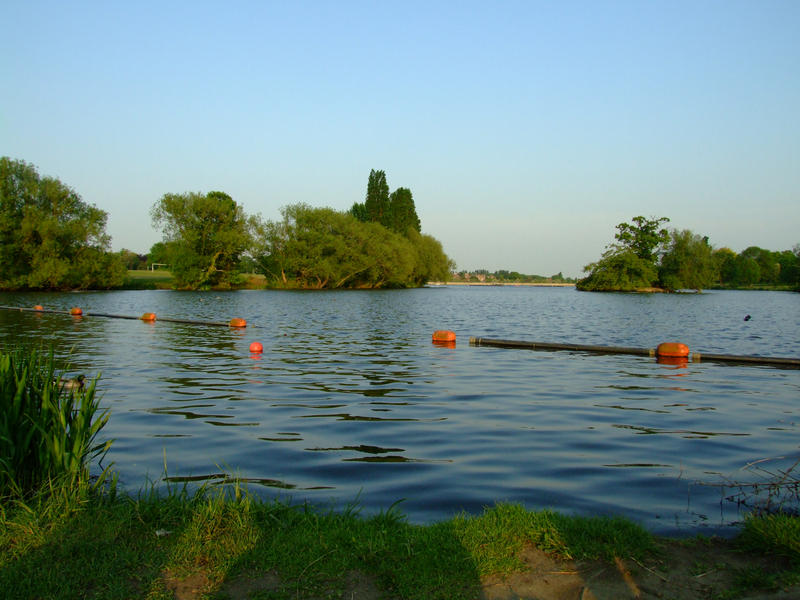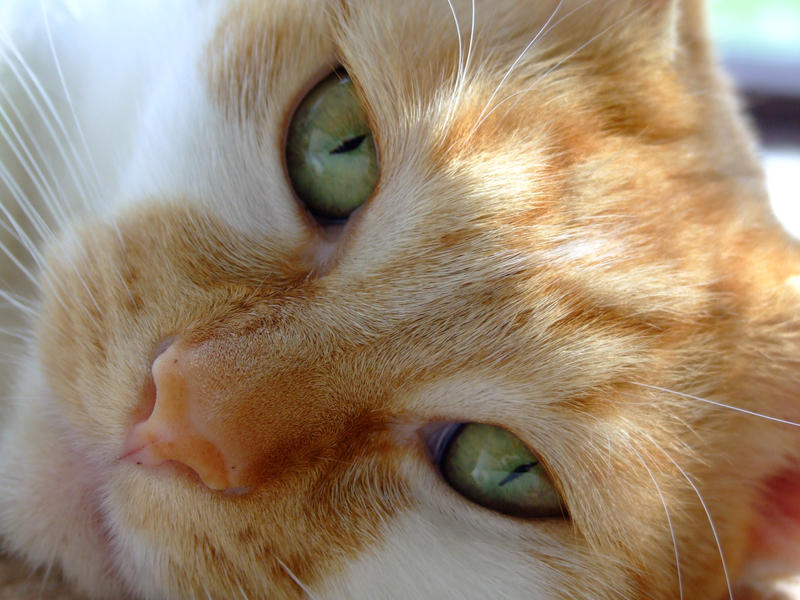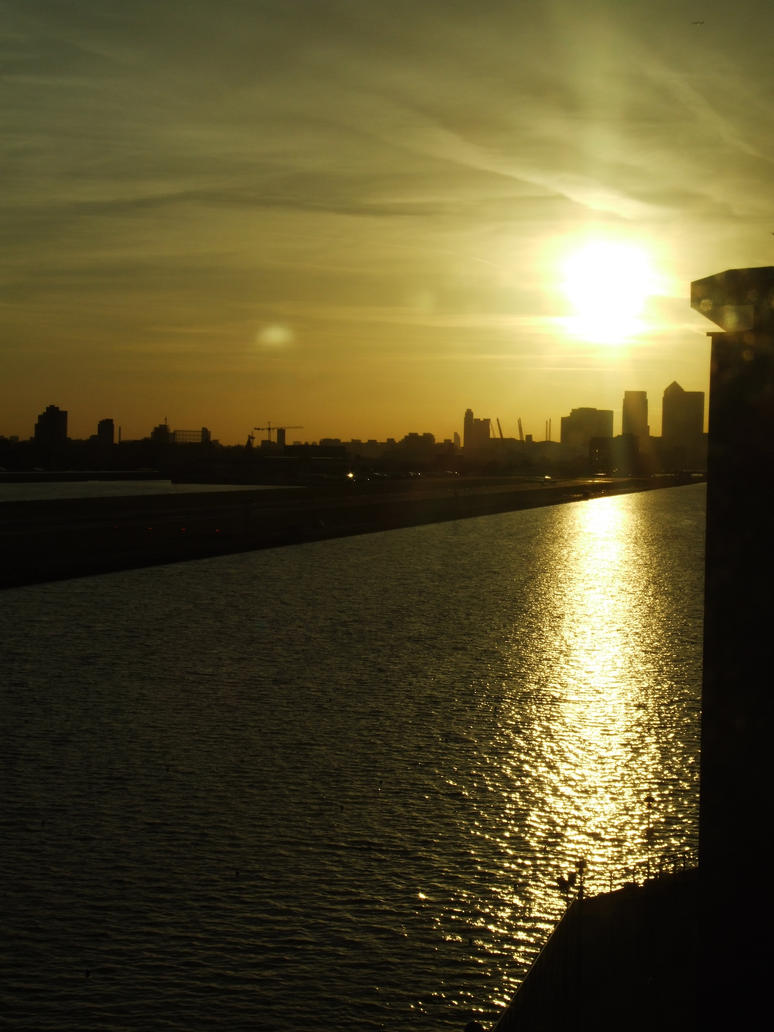Seeing as these free range blogs have to do with Photography, I thought I’d do one on my weapon of choice, my Fujifilm Finepix S9600.
I got this camera for free after I saved it from being thrown in the rubbish, my friends parents were throwing it out because they had no use for it and couldn’t be bothered to sell it on Ebay. They originally bought it for my friends cousin who at the time wanted to be a photographer, but by the time his birthday came around he’d moved onto his next fad an didn’t care about photography anymore. So, I got it instead after my friend told her parents that I was going to college to study National Diploma in Photography and, unlike her cousin, I was serious about it.
The camera isn’t what makes the photographer, it’s the images they produce. This is what I was told when I was in college by my favourite teacher. She told me that because I was upset due to I was the only one in the class without an expensive camera and tons of lenses, and it’s what I live by.
‘Featuring the 1/1.6-inch Super CCD HR sensor, the FinePix S9600 boasts a remarkable 9.0 effective megapixels; ultra-high-resolution images characterized by stunning detail and rich texture.
The Super CCD HR offers high sensitivity with unprecedented image quality. Thanks to effective noise suppression performed by the Fujifilm's innovative RP Processor, the S9600 produces beautiful photos without tripod or flash, retaining the natural light and atmosphere of the scene.
With a high-performance zoom lens equivalent to 28-300mm on a 35mm camera, the FinePix S9600 covers the full range photographic possibilities from wide-angle landscape or architectural shots to normal focal length snapshots and telephoto portraits or sports shooting. With no need to carry additional equipment and no photo opportunities missed because of changing lenses.
Because there's no need to change lenses, the sensor is protected from dust accumulation, a common problem that affects the quality of images captured with digital SLR cameras. With the dust-free, integrated lens construction of the FinePix S9600, you can always count on maximum image quality and never worry about sensor cleaning.
The FinePix S9600 sports a bright and easy-to-see 2.0-inch LCD monitor that swivels vertically to let you shoot from high and low angles with ease.’
That series of short paragraphs basically sums my baby up pretty well. It’s from Google Products, and although the reviews are a little old, they still sum the camera up in a heartbeat. The link below shows the reviews if you wish to see them.
Although there are a ton of good points about my camera, there are also some bad. Because it is only 9 megapixels, taking some images have proved to be difficult in the past, especially when it comes to taking shots at night. Sure I have managed it, but with a lot of tedious planning and a few hissy fits thrown throughout the process.
Still, I have managed to get some stunning work from this camera, it’s a shame that I’m selling it to my friend soon. She’s going to be starting her Photography course and needs a camera, I want her to start with what I had, just so I can see what her outcomes are.
Below are some images that I have taken with the camera, all of them unedited so you can see what I mean with the noise problem. I’ve picked the images to show the different qualities of my camera. The first being what images come out like on a normal, sunny day. Ignore the watermark by the way, I had to rip this image off my Deviantart, so it has a watermark on to make sure it’s not stolen by anyone.
Next is the chrome feature. The camera comes with a standard black and white option, a normal option and a chrome option, which really brings out colours nicely and gives pictures a warmer feel.
Moving onto the macro feature, the camera comes with two macro lens options, the normal and the super macro. The image below was taken on the normal macro setting.
Now a picture taken at twilight to show how the camera reacts to low light. It’s not the best image I’ve ever taken, but it serves it’s purpose to show how my little fuji handles it.
And finally a picture that shows the problem I was talking about. The cat in the picture was in the shade, but you can see the noise pixels on her very clearly. This problem can be avoided however if the subject is lit properly, I just used this to show.
Overall though, I love my camera. The only reason I’m replacing it is because I think it’s time for an upgrade, 9 megapixels isn’t going to last me forever. I’m upgrading to a finepix S200EXR. I am going to miss this little shutterbug though, but I hope my friend can continue to see it justice by taking some awesome shots with him.
Heck you never know, if I get successful in the future, I might just buy myself a new one for old times sake.










